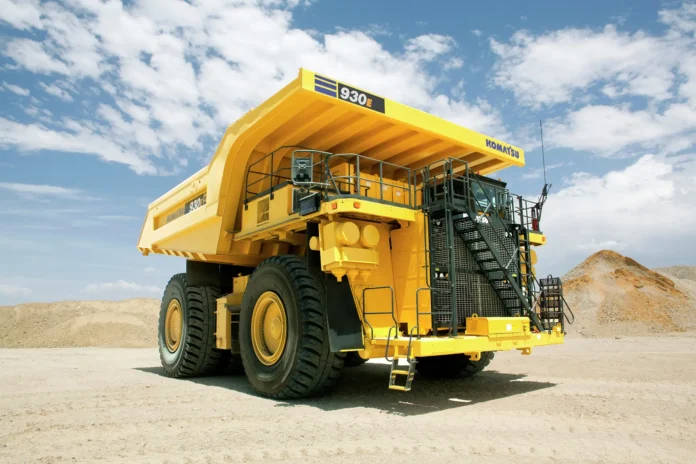Technologies that are now finding their way into the automotive industry are also finding their way into the off-highway sector, particularly in mining vehicles. Here are three key technologies that will revolutionize this area:
1. Electrification: The future of mining vehicles
Electrification is considered the future of mining vehicles as it enables significant emissions reductions while being more cost-effective, safer and more productive. However, the enabling technologies surrounding electric vehicles (EVs) need to be fully developed for seamless adoption.
Battery technology:
Hydrogen fuel cells could play a role in decarbonizing mining vehicles, but battery-electric solutions are expected to dominate. The performance of electric mining vehicles largely depends on battery technology, affecting endurance, lifespan and productivity. Mining vehicle batteries vary in size from 100 kWh for light vehicles to 2 MWh for large trucks. Leading providers such as CATL, ABB and Northvolt have developed specific products for this sector.
Battery chemistry:
NMC (Nickel Manganese Cobalt) and LFP (Lithium Iron Phosphate) are the primary chemicals used. LFP, which accounts for nearly 80% of electric vehicles in mining, is preferred for its long lifespan and safety, which is critical for heavy-duty applications and underground operations. Future technologies such as LTO (lithium titanate) and Na-Ion (sodium ion) are also in development to meet the specific needs of mining vehicles.
2. Fast loading and innovative solutions
Charging technology:
Charging remains a key challenge. Traditional refueling takes 10 to 20 minutes, but recharging can take hours, reducing productivity. OEMs are developing solutions such as multi-gun and megawatt charging systems to reduce charging times to 20-60 minutes. However, high-speed charging can accelerate battery degradation.
Battery change:
An alternative is changing the battery, which is particularly popular in subway vehicles. This method uses two replaceable battery packs per vehicle, with one charging while the other is in use. The exchange can be completed in just 5-10 minutes, making it faster than traditional refueling. Although it is more expensive and requires specialized infrastructure, it significantly increases productivity.
Dynamic loading:
Dynamic charging via power rails or overhead lines allows vehicles to be charged while they are in operation, avoiding downtime. Although this technology is promising, it is still in the early stages of development.
Autonomous technology: improving safety and efficiency
The mining industry, which has traditionally been labor-intensive and dangerous, is well suited to automation. Autonomous vehicles can travel predictable routes with limited outside traffic, reducing risk to human workers.
Early adoption and growth:
Autonomous mining vehicles have been around since the 1990s, led by companies like Caterpillar. Over the last five years, adoption has increased significantly and the number of autonomous vehicles in use has doubled.
Technological advances:
Improvements in sensors, perception algorithms, and communication networks have fueled this growth. Vehicles use robust cameras, radar and LiDAR to operate in all conditions, with robust 5G networks improving communications and safety.






I like this web site very much, Its a rattling nice post to read and get information.Raise blog range